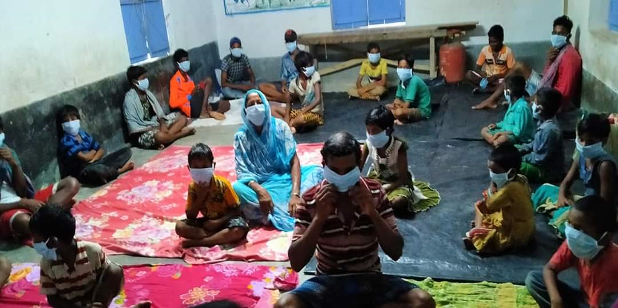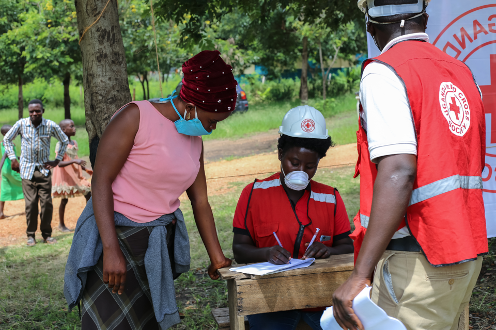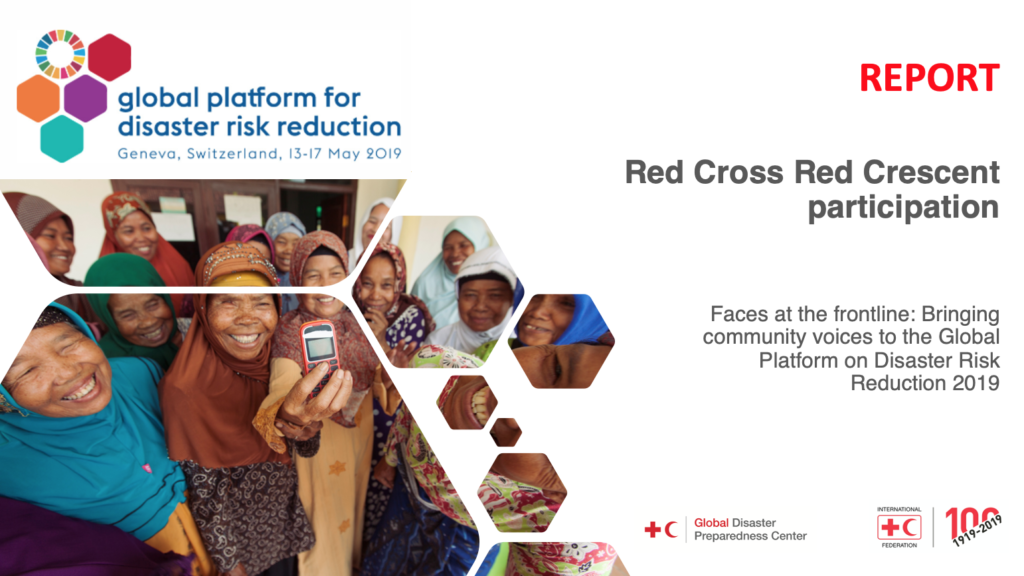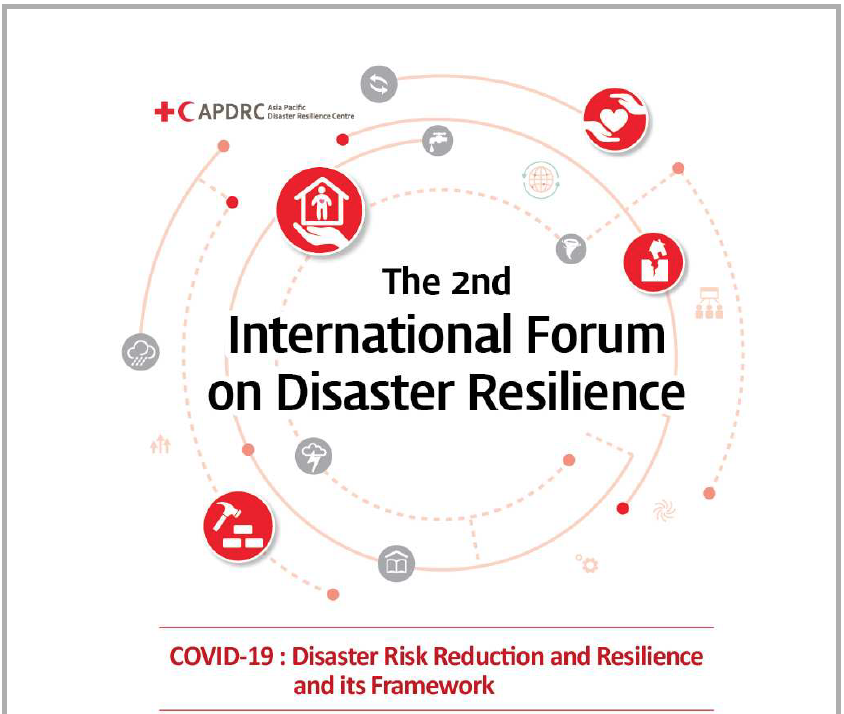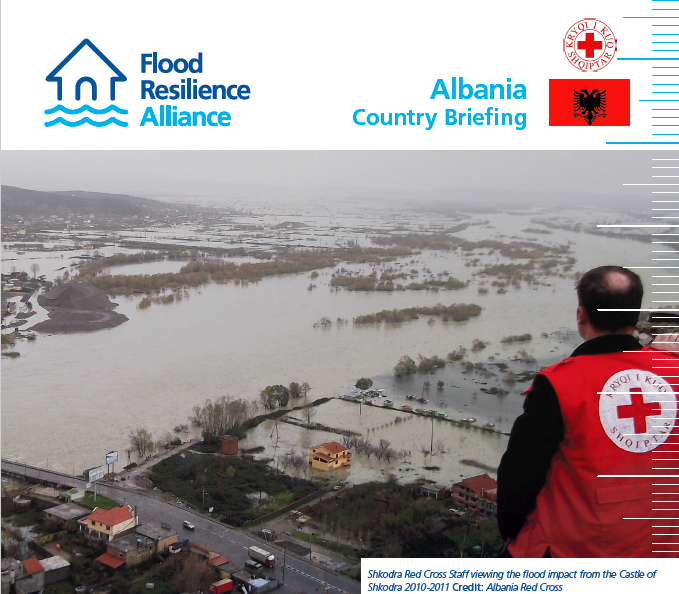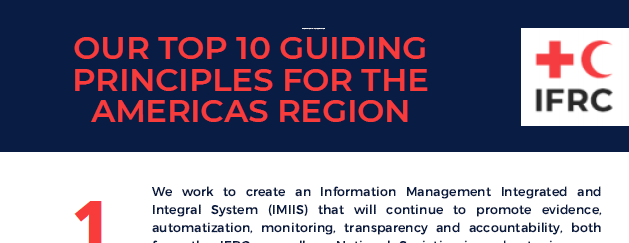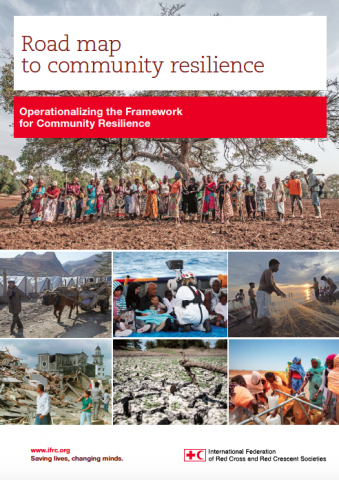Towards a Risk Informed COVID-19 approach
This document is technical guidance for Red Cross Red Crescent colleagues who are interested in applying a risk-informed approach vis-a-vis the COVID19 pandemic, using some of the insights and perspectives that are applicable in the disaster risk reduction and climate adaptation fields. The document advocates for a stronger multi-sectoral and multi-risk approach when pro-actively dealing […]
Towards a Risk Informed COVID-19 approach Read More »

